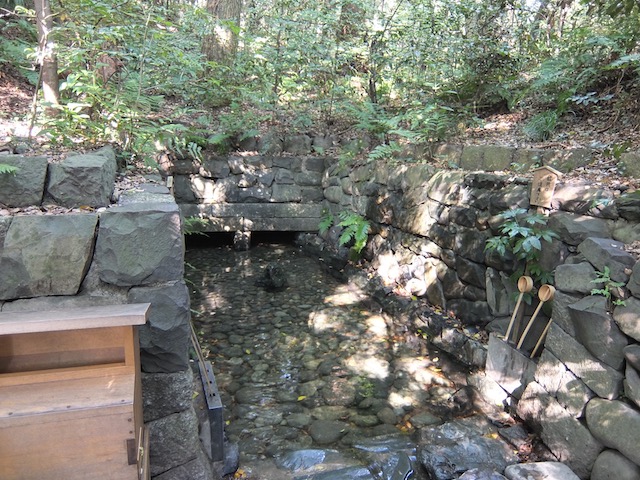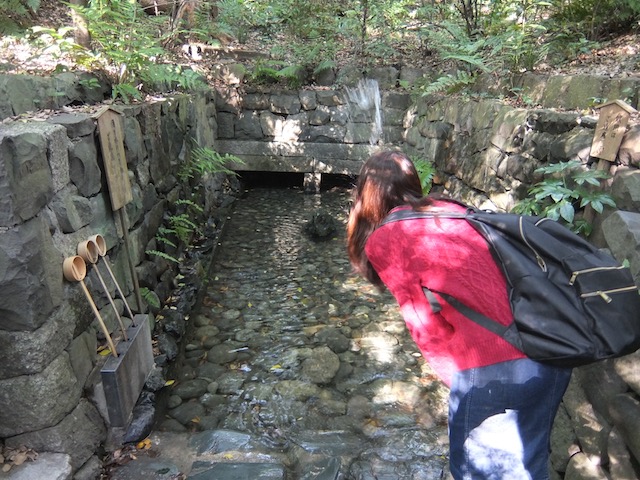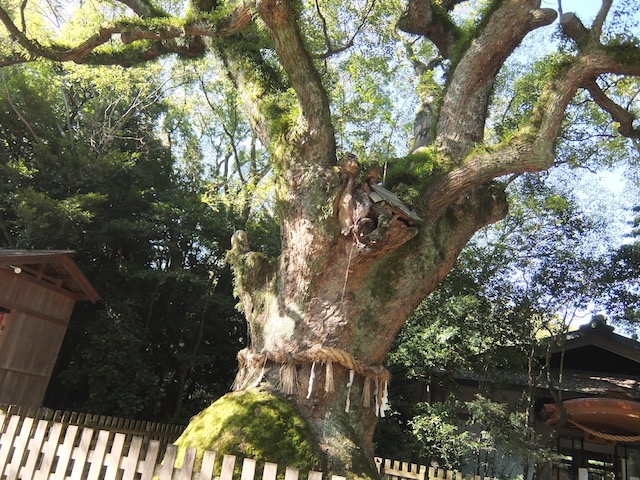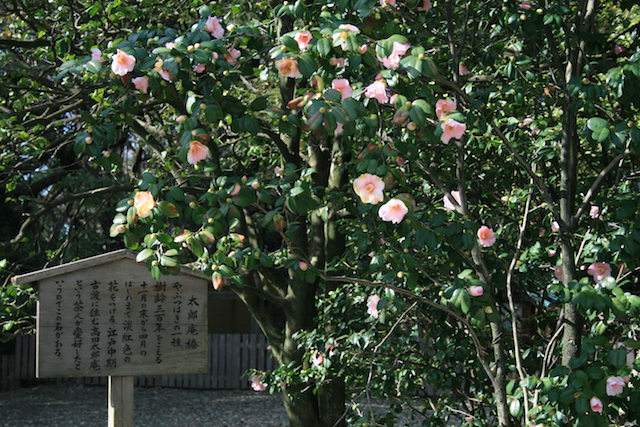Atsuta Jingu has been respected through the ages as one sacred Shinto shrine.
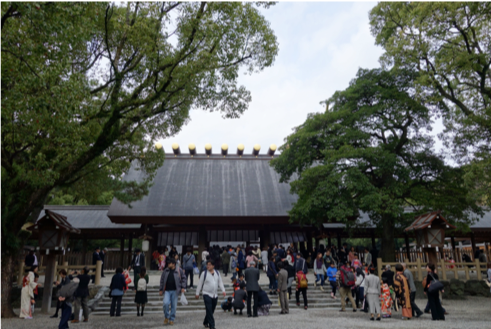
The original of Atsuta Jingu dates back to A.D. 113 when the sword 'Kusanagi-no-misturugi', which is one of the three Sacred Treasures of emperor, was enshrined.
The three treasures (the mirror, the jewel and the sword) are also known as symbols of the emperor's throne.

Atsuta Jingu has large grounds and a rich forest despite its urban location, and therefore it is often called 'Atsuta-noMori' (Atsuta Forest).
Atsuta Jingu attracts more than seven million visitors per year.
